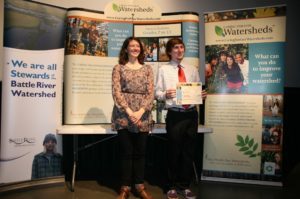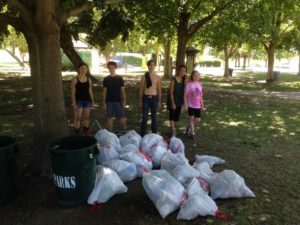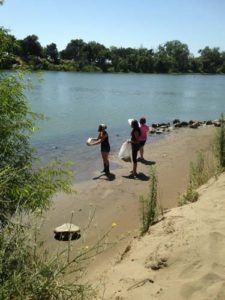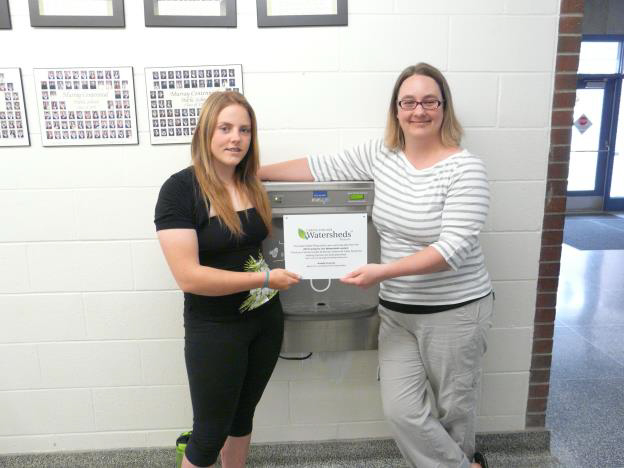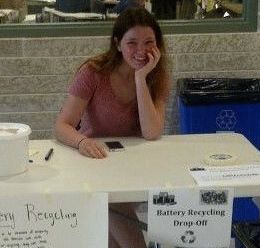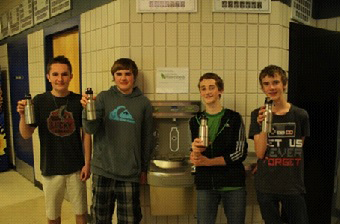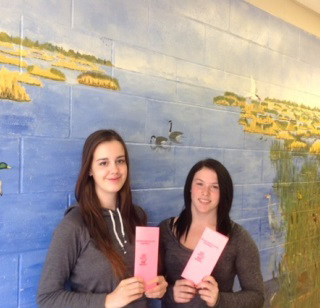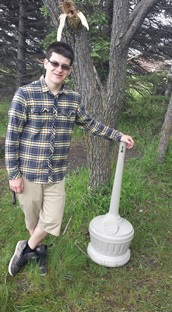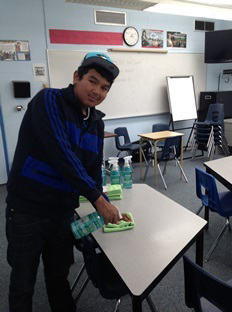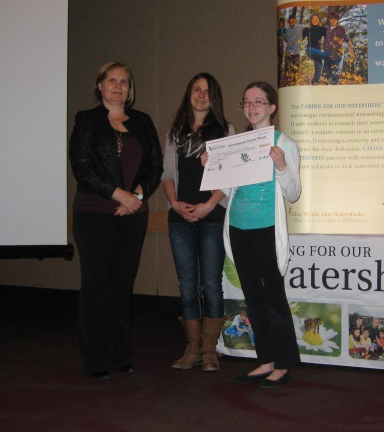2014 Winnipeg, Manitoba, Canada
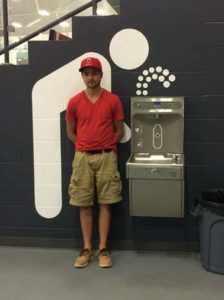
Erik Rogalka from Garden City Collegiate wanted to do something to conserve water in the community. He proposed installing water bottle filling stations at the new hockey rink.
“By all the teams and parents filling their bottles using one of these stations the amount of water that would be saved would be huge. Another great thing about these stations is that it lowers the amount of disposable bottles being used. Instead of buying disposable bottles, spectators and players can use this bottle filling station. This would decrease the amount of disposable bottles that are thrown out at hockey rinks.”
“This project would be a really good way to help preserve our watershed, even if it is just in a small way. Everyday people are wasting water and using plastic bottles in hockey rinks without giving it a second thought. People rarely think about the consequences of their actions and these bottle filling stations would help save our watershed from carelessness. This project is one hundred percent approved by the community centre and is relativity low in cost. For these reasons I think this would be an excellent plan to implement.”
Erik can now proudly say that through the Caring for Watersheds contest, he was able to make this happen!

